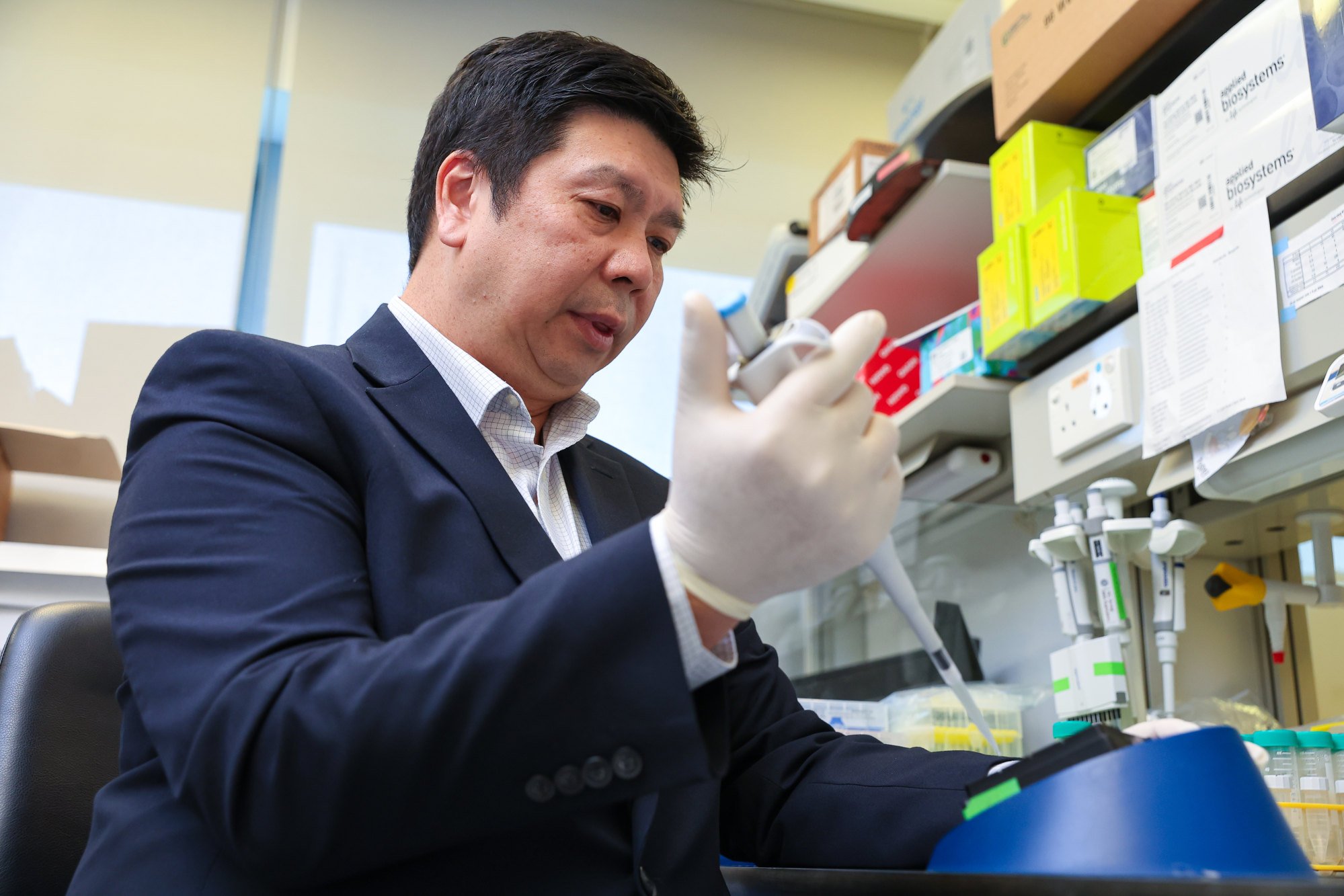Professor Michael Chan says his team is looking to produce personalised 3D-printed airways for burn victims using patients' cells. — SCMP
Scientists from the University of Hong Kong (HKU) are attempting to integrate 3D-printed respiratory tissue with lab-grown “mini-organs” to help patients in need of transplants in the future.
Professor Michael Chan Chi-wai from HKU’s Centre for Immunology and Infection said his team was looking to produce personalised 3D-printed airways for burn victims using organoids or “mini-organs” grown from patients’ own cells collected through a single oral swab.
“Airways are one of our strengths and an area we have dedicated significant time to. When people suffer from burn injuries, they may need to reconstruct their airway,” said Chan, who also belongs to the division of public health laboratory sciences at HKU’s medical faculty.
“Existing technologies allow the 3D printing of an airway using biomaterials. But without the cells, it cannot perform the functions of an airway.”
Organoids are developed using a person’s stem cells and can mimic the function and structure of the actual organs of a specific patient. They can be used to test a certain person’s reaction to medicine, vaccines or diseases.
According to Chan, HKU is one of the world’s leading institutions in the research and development of respiratory organoids. The university has set up a spin-off company called C2iTech, specialising in personalised organoid cultivation.
According to the US National Library of Medicine, the incidence of inhalation injuries is estimated to be between 10 and 20 per cent of all patients admitted with burns.
Surgical repair of airway trauma includes repairing lacerations, removing damaged tissue and reconnecting the healthy ends.
Chan said embedding the cells in the 3D-printed tissue would require their cutting-edge organoid technology.
He said current technologies could produce 3D-printed airways and some companies had been able to embed basal cells, which could be found in the lowest layer of the skin’s outermost layer, on them. But the applications of 3D-printed airways remained uncommon.
But there were cells in the airway that were more advanced and necessary for functions, such as creating a hairlike structure to move mucus, or producing mucus, he said.
“Our organoids are able to perform these functions, so we hope to put them in the 3D-printed airway,” he said.
“In the future, we will not limit ourselves to the airway. We hope to do the same for other organs. It is easy to 3D print with biomaterials, but what matters is what kind of cells you put in them.”
HKU scientists had previously developed a technology that allowed them to collect a person’s cells through an oral swab, which could be used to grow the organoids, he said.
Chan added his team was currently figuring out the best way to attach the organoids to the 3D-printed tissue.
“Our approach is to put structures that resemble rebar used in construction and secure the organoids on them, like threading fish balls onto a skewer,” he said.

HKU’s Centre for Immunology and Infection and C2iTech collaborated with Japanese multinational conglomerate Hitachi and developed a state-of-the-art machine that could automate organoid production.
Chan said the machine was the first of its kind in the world that specialised in respiratory organoid production and it could facilitate the creation of personalised 3D-printed organs.
He said that in the past, they had to manually grow the organoids and change the culture medium – specially prepared liquid or gel that offered nutrients and the right environmental conditions for organoids – every two days.
He said it was a “very labour-intensive” and “complicated” job, adding that he had a team of 20 people and each one of them could only handle the organoids of one patient at once.
Chan said the machine was able to work with 128 samples at the same time, reducing the burden on manpower and human error.
“Now, it can help us manage the organoids by feeding them,” he said. “The ultimate version will be creating the organoids from start to finish after the collection of stem cells.”
Chan said they had been using organoids to predict a person’s reaction to certain diseases, medicine and vaccines. He said their organoids were also sold to pharmaceutical companies for testing new drugs, adding the machine could be commercialised in the future.
“Organoids can be used to see if a certain medicine is effective for you. This is what we call personalised medicine,” he said.
“I expect organoids will become a necessity in the future. When they become widely adopted, people will no longer rely on manual work. Instead, they may hope for machines that can perform these tasks with higher efficiency.” – South China Morning Post





